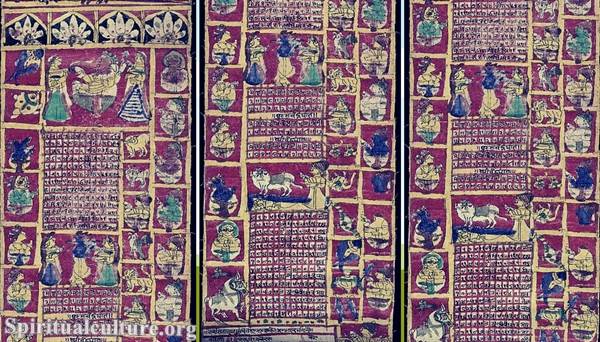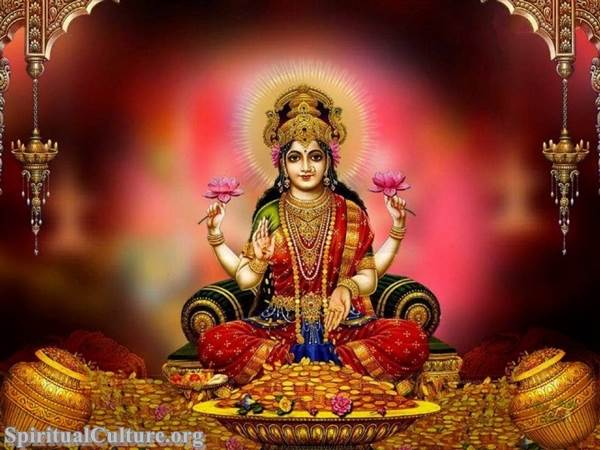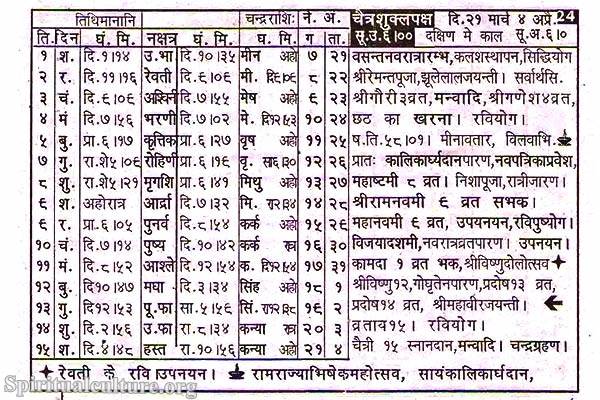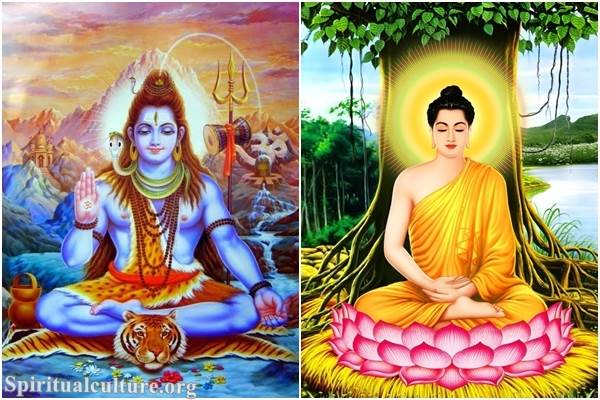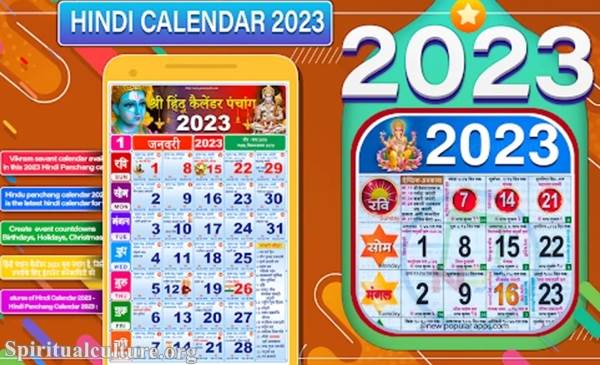Hinduism, one of the oldest religions in the world, is a rich tapestry of beliefs, rituals, and deities. Parvati Goddess holds a special place among the pantheon of Hindu gods and goddesses. Known as the mother goddess and the consort of Lord Shiva, Parvati is revered as a symbol of power, fertility, love, devotion, and spiritual fulfillment.
Parvati Goddess in Hinduism
Parvati, in Hinduism, is the embodiment of Shakti – the divine feminine energy that is believed to be the driving force of the universe. She is the daughter of the mountain king Himavan and queen Mena, and hence, is often referred to as the ‘daughter of the mountain.’ Parvati is the reincarnation of Sati, the first wife of Shiva, who immolated herself, unable to bear her father’s disrespect towards her husband.
Parvati is depicted as a beautiful, serene woman, often seen with her two children, Ganesha and Kartikeya. She is the goddess of love and devotion, and her union with Shiva symbolizes the sacred marital bond where the physical and spiritual, the human and divine, meet.
Parvati’s Role in Hinduism
Parvati plays a significant role in Hinduism. She is not just the consort of Shiva, but also his Shakti, his power. Without her, Shiva is said to be Shava (corpse), emphasizing the importance of feminine energy in the cosmic functioning.
Parvati is also the mother of Ganesha, the god of wisdom and Kartikeya, the god of war. She is often depicted with her children, symbolizing her nurturing and protective nature.
Parvati is also the goddess of fertility, love, beauty, marriage, and devotion. She is worshipped by women for a happy married life and by couples desiring children.
Parvati’s Forms and Manifestations
Parvati Goddess takes on many forms and manifestations, each representing a different aspect of her divine energy. As Durga, she is the fierce warrior goddess who fights and vanquishes evil. As Kali, she is the dark, destructive force of nature. As Annapurna, she is the goddess of food and nourishment. As Lalita, she is the playful, charming goddess of beauty and desire.
Each of these forms of Parvati Goddess is worshipped in different regions of India during various festivals. For instance, Durga Puja, a major festival in West Bengal, celebrates the victory of Goddess Durga over the buffalo demon Mahishasura.
Parvati’s Symbolism
Parvati Goddess symbolizes many aspects of life and spirituality in Hinduism. Her union with Shiva represents the perfect balance of male and female energies, signifying the concept of Ardhanarishvara – the divine androgynous form.
Parvati’s perseverance in winning Shiva’s love and her transformation from a naive princess to a wise goddess symbolize the spiritual journey of a devotee. Her role as a mother signifies the nurturing aspect of the divine.
In Conclusion
Parvati Goddess in Hinduism, is a symbol of power, love, devotion, and spiritual fulfillment. She embodies the divine feminine energy that is integral to cosmic functioning. She guides her devotees on their spiritual journey through her various forms and manifestations, offering protection, blessings, and enlightenment.
In the grand tapestry of Hinduism, the Parvati Goddess shines as a beacon of divine feminine power, illuminating the path for those seeking spiritual growth and fulfillment.
